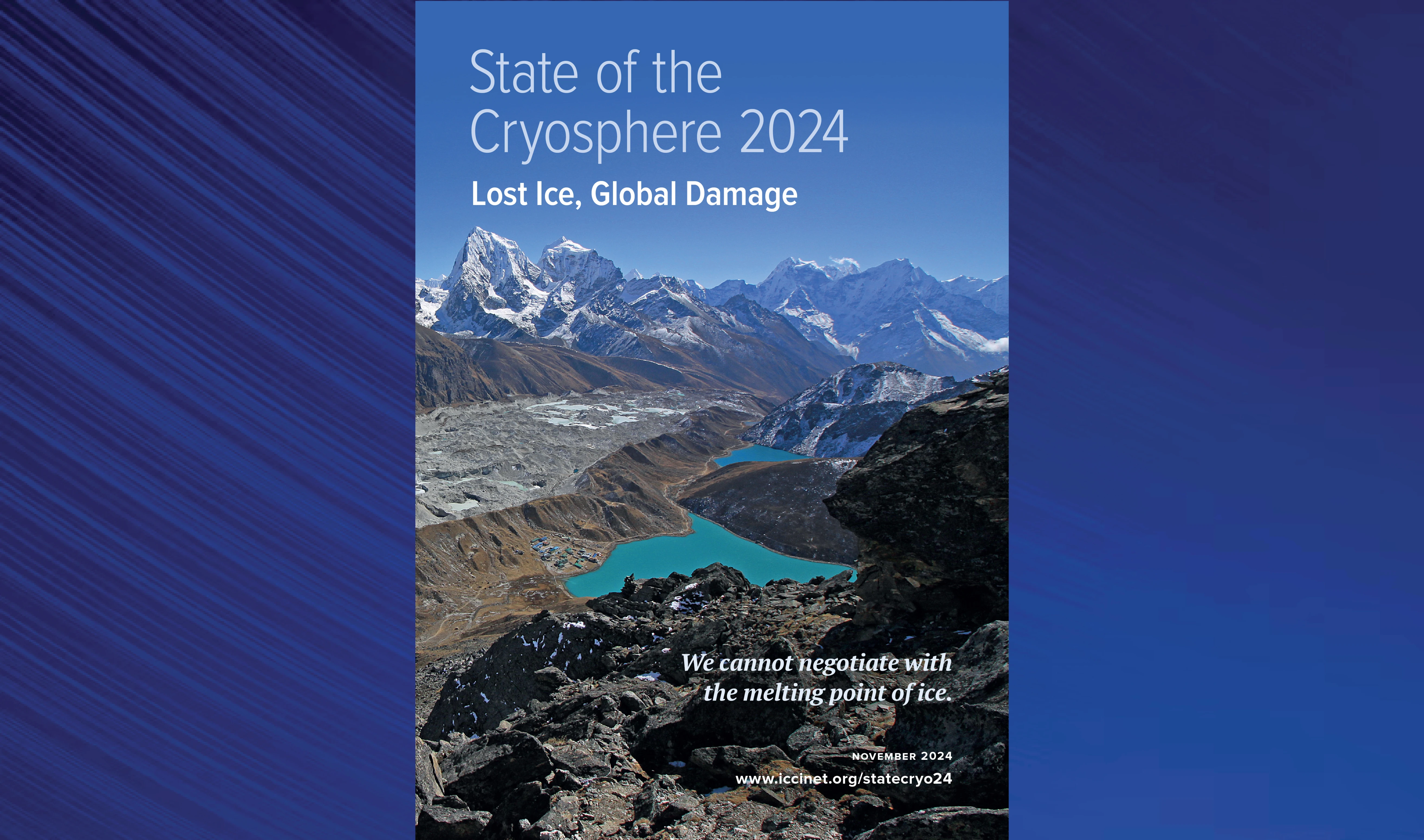The report highlights the status and impact of changes in five key components of cryosphere – Ice Sheets, Mountain Glaciers and Snow, Polar Oceans, Sea Ice, and Permafrost.
Key Highlights of Report
- Ice Sheets: Losses from the Greenland and Antarctic ice sheets have quadrupled since the 1990s.
- Impact: Sea-level rise results in widespread loss of infrastructure, agricultural land, homes, and livelihoods in coastal regions.
- Polar Oceans: Rising greenhouse gases are impacting their role as heat/carbon absorbers and drivers of global circulation.
- Impact: Two major ocean current systems, Antarctic Overturning Circulation (AOC) and Atlantic Meridional Overturning Circulation (AMOC), have slowed substantially due to freshwater melt.
- Mountain Glaciers and Snow: Glacier ice loss is increasing exponentially worldwide, with 273 gigatons lost per year between 2000 and 2023.
- Impact: Threatens water, food, economic, and political security for billions of people.
- Sea Ice: Sea ice extent and thickness have declined 40-60% at both poles since 1979.
- Impact: Loss of sea ice drives Arctic amplification, threatens ice-dependent species, disrupts weather and ocean currents and increases sea-level rise risks.
- Permafrost: Over 210,000 km² of permafrost has thawed per decade since current warming began.
- Impact: Thawing permafrost decreases the global carbon budget and releases vast amounts of ancient organic carbon (three times more than currently in the atmosphere).





